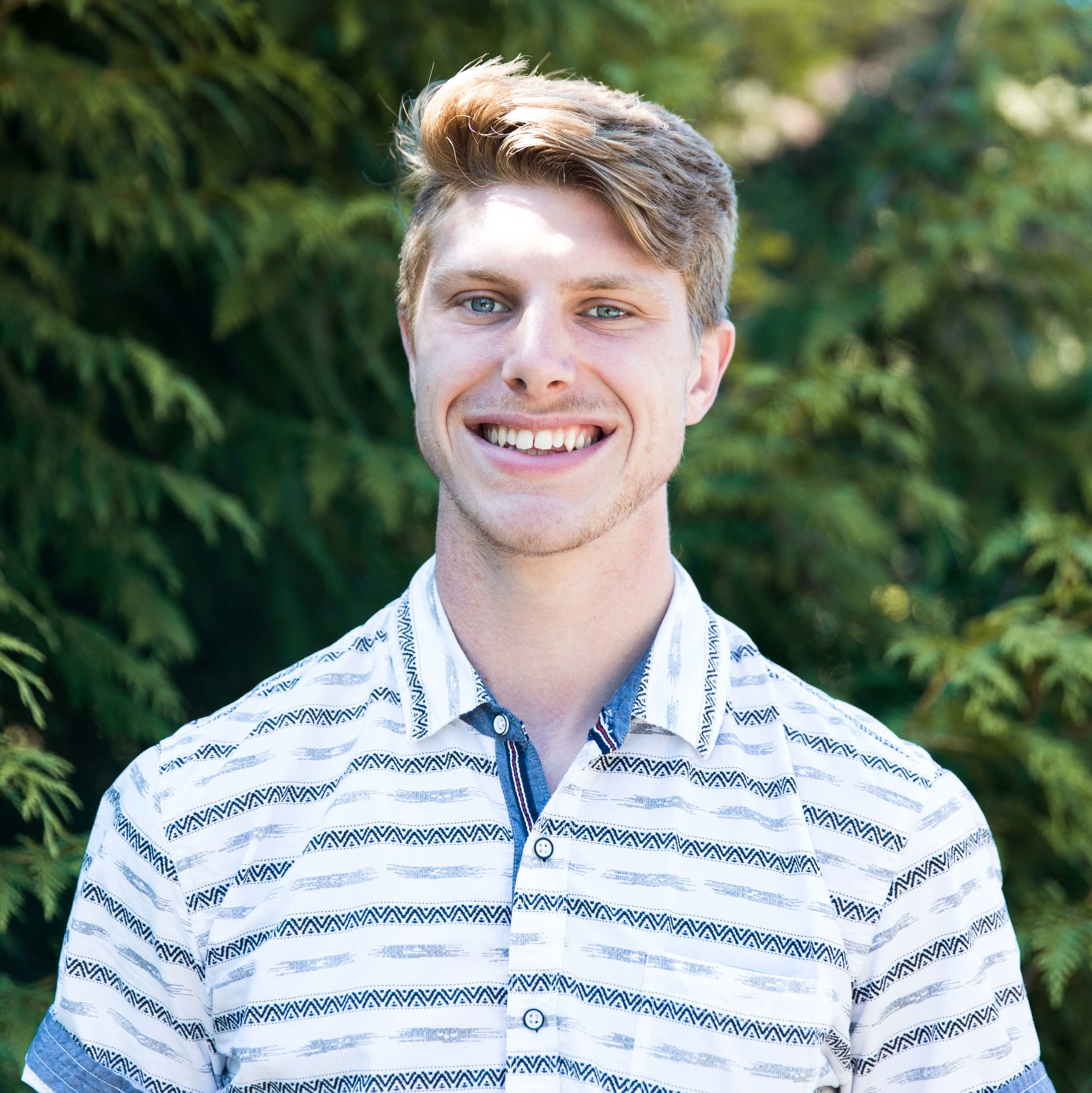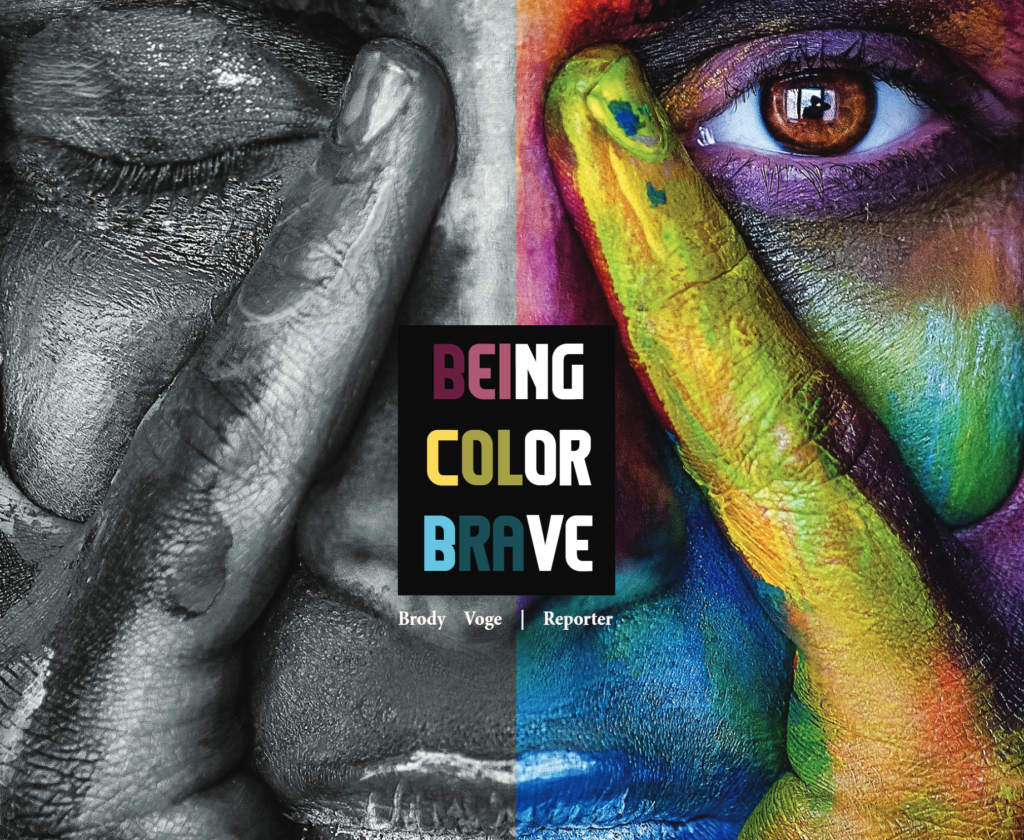Building a Community of Equity Professional Development program introduces being color brave to campus.
WSU Vancouver’s strategic plan includes providing fair and equitable opportunities for all students on campus. The institution is working to achieve this goal through a series of educational programs titled, Building a Community of Equity Professional Development.
The BaCE program hosted the workshop on Jan. 30, The Myth of Color Blindness: Being Color Brave, organized by vice chancellor of academic affairs, Renny Christopher, and clinical assistant professor and coordinator of BaCE, Shameem Rakha.

Color brave is a term that Christopher found during research for the workshop. “[Being color brave] is to engage in conversations which can often be very uncomfortable about race, and specifically for white people to listen to people of color talk about their experiences and learn from that, rather than asserting that your knowledge is whole and complete,” Christopher said.
The purpose of the event is to strip the ideas of someone claiming to be blind to skin color. Christopher explained that the idea of color blindness reflects white privilege and fails to acknowledge people of color.
While the student body continues to grow in diversity, Christopher hopes this workshop, along with the entire BaCE program, can bring knowledge and information to further the expertise of WSU Vancouver faculty working with students of different backgrounds. Christopher explained she recognizes this is something not all faculty and staff have a depth of experience in.
“If you enter the university as a white female student from a middle class background, you have the highest likelihood to graduate. But if you enter as an African American male student, you have the least likelihood to graduate, and we want to change that so there isn’t that difference,” Christopher said.
These workshops, Christopher believes, are opportunities for faculty and staff to gain better knowledge of how to work with students from different backgrounds.
Rakha explained the idea of being blind to skin color might have begun from a good idea. “It’s a really interesting philosophy, ideally race wouldn’t matter because it’s a social construct. It’s something we made up as human beings, it’s just in America we do a really good job of focusing on that thing,” Rakha said.
“In order to give all of our students the best opportunity to learn, we need to teach that race does matter, it has an impact on how people exist in the world, it has an impact on people’s histories and their current context and so we need to recognize that.” — Shameem Rakha
There are additional barriers to equity because of racism embedded institutionally in America. Rakha explained that this embedded racism does not just create inequity across race, it also allows white supremacy to exist.
Last year, Rakha worked closely with a student, Bailley Simms, while she researched the effects of the color blind ideology directly on campus. “I was really struck, as was she, by how the perception is that professors on this campus have this color blind ideology and I think people think it’s a good thing,” Rakha said.
Rakha and Simm’s research found the color blind ideology can negatively affect students of color’s engagement with their education. The research informed Rakha’s concept of being color brave, instead of color blind.
“It is not a step towards creating a more equitable world to take that color blind stance,” Christopher said. Instead, workshops like these hope to introduce the concept of being color brave.
“In order to give all of our students the best opportunity to learn, we need to teach that race does matter, it has an impact on how people exist in the world, it has an impact on people’s histories and their current context and so we need to recognize that,” Rakha said.
The workshop began by introducing the concept of colorblindness, Christopher and Rakha then asked their audience to think about how this ideology can be destructive or problematic and explore ways to interrupt that thinking. Rakha and Christopher aim to create a campus that has faculty, staff and administration operating with a degree of consciousness through the BaCE program.
“It’s not that we’re going to have everybody think the same way about these things, but that they think about them,” Rakha said.
Rakha explained she would like to see this program eventually begin working with the student body as well. She said students play a predominant role in creating a more inclusive climate on campus.
“We’re not going to get better as a society unless we talk about things and we’re going to mess it up, it’s okay because we’re not going to move at all if we don’t talk,” Rakha said.
Editor’s Note: the research that informed “The Myth of Color Blindness: Being Color Brave” workshop was done in part by Bailley Simms, The VanCougar’s editor-in-chief from 2018-19.

Brody Voge is a junior at WSU Vancouver studying strategic communications.
